The late medieval period (1250-1485)
English monarchs of the late medieval period

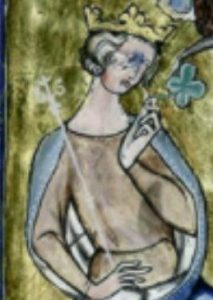

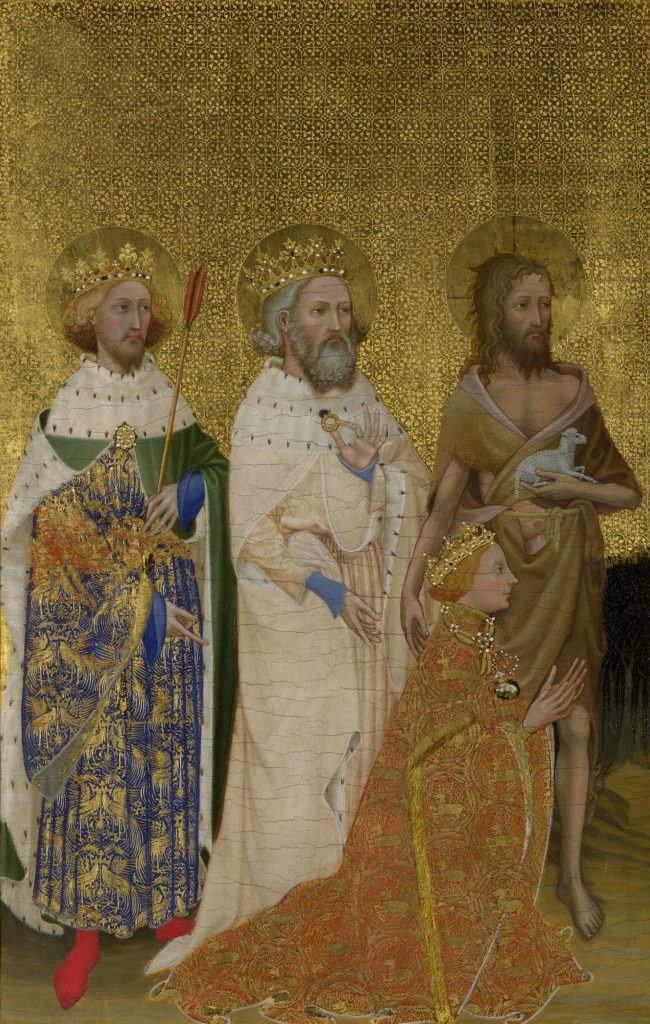





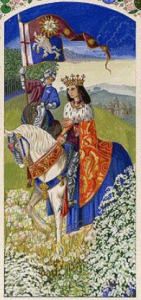
Scottish monarchs of the late middle ages
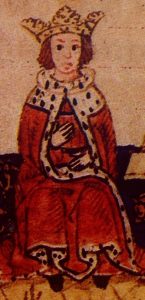
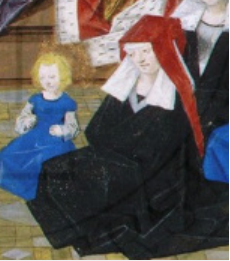
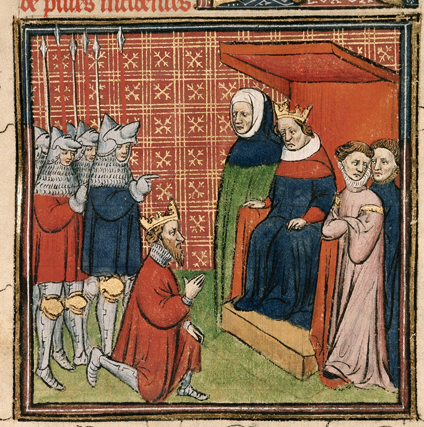

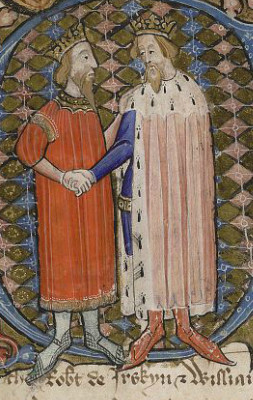

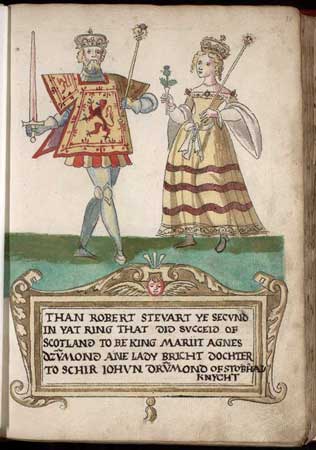
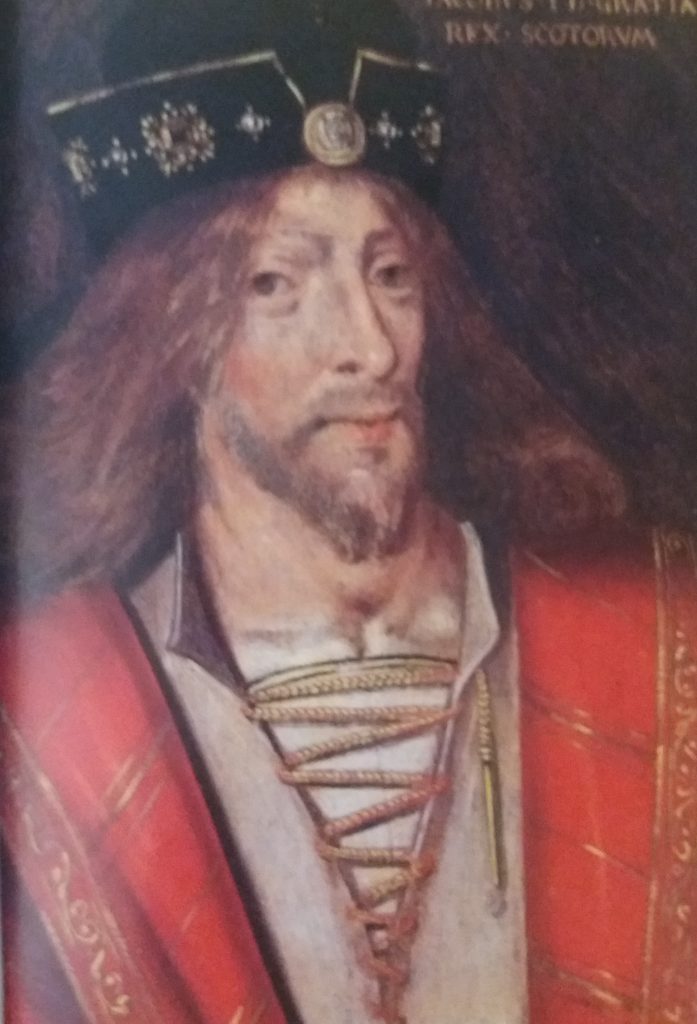
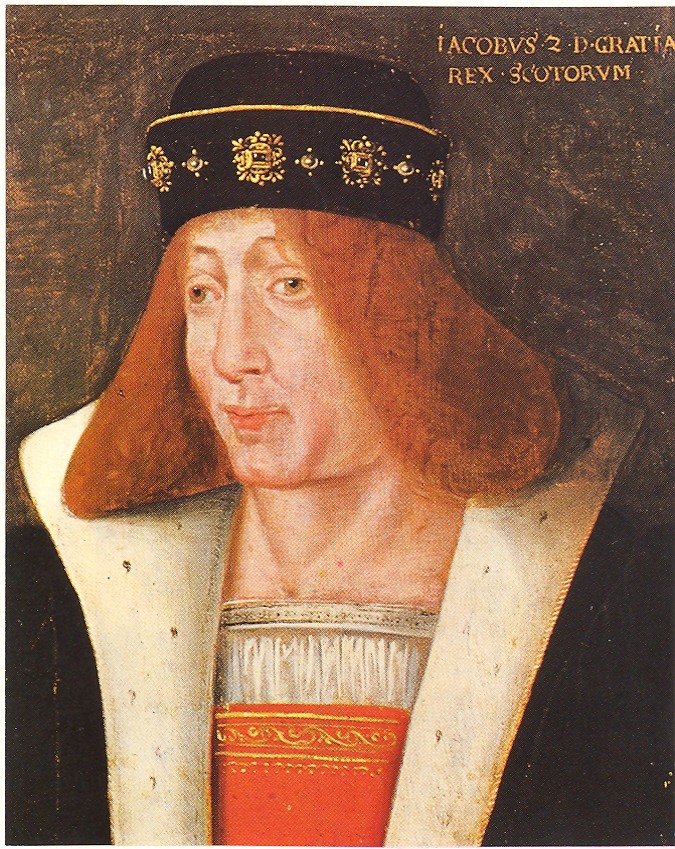
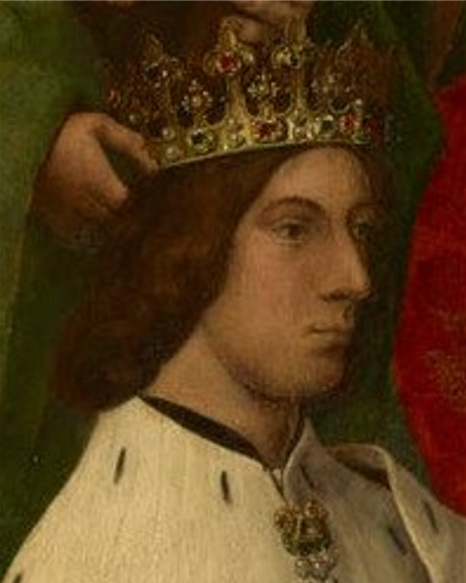
The Maid of Norway, Queen of Scotland 1290
Alexander III had married the daughter of the English king when he was 10, but although the union had produced three children, including two boys, they all predeceased him. In desperation, he married again, but died within months of the wedding in 1286.
Alexander’s heir was his 3-year-old granddaughter, daughter of the 15-year-old King of Norway, Eric. Having foreseen such a situation, Alexander had appointed a group of nobles known as The Guardians to oversee Margaret’s accession, and in 1290 they agreed with Eric, Edward I of England and Robert the Bruce to bring her to Scotland. She arrived in the Norwegian territory of Orkney in September 1290, but died a week later possibly from the side effects of either seasickness or food poisoning. Her body was returned to Norway to be buried beside her mother.

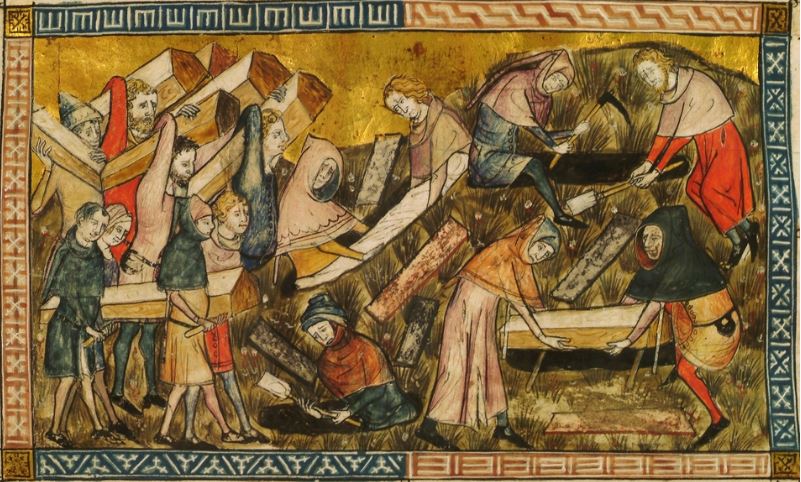
The Black Death (1348)
The first outbreak of plague in England was in June 1348, carried by a sailor from Gascony. Within 12 months it had spread across the entire country and by the time it subsided in December 1349 it may have wiped-out as much as 60% of the population.
‘Sheep and cattle went wandering over fields and through crops, and there was no one to go and drive or gather them for there was such a lack of servants that no one knew what he ought to do. Wherefore many crops perished in the fields for want of someone to gather them.’ – History of England by Henry Knighton
Victims came from all sections of society, and would have long-lasting repercussions for society, the economy and religion. Labour immediately became scarce, driving wages up for those who survived the pestilence, whilst the landowners desperately tried to keep them at pre-plague levels, causing resentment that lasted for generations.
Scotland's first three King James
Beginning in 1406 with the succession of James I when he was only 11 years old, Scotland was to see an unfortunate run of seven consecutive monarchs inherit the throne whilst still a child, causing a cycle of instability, faction and power-grabbing that was hard to break.
For the first 18 years of James I’s rule, he was a prisoner in England, only returning to Scotland when he was 30. His subsequent attempts to restore the king’s authority ended in his assassination leaving his six-year-old son, James II as king. Though violent (he stabbed the earl of Douglas to death in 1452), he was an able king, but his early death in 1460 when his cannon exploded beside him left yet another minority king, James III who was eight. This James, however, lacked charm and although he survived his turbulent regency, he managed to alienate his family, nobles and people. He was killed by rebels acting in the name of his 15-year-old son, James IV, who subsequently became king in 1488.
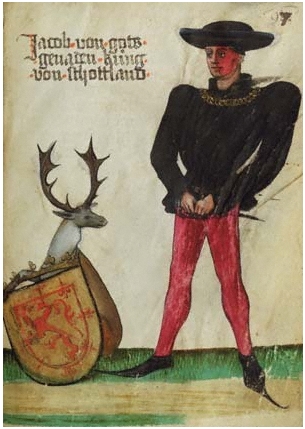
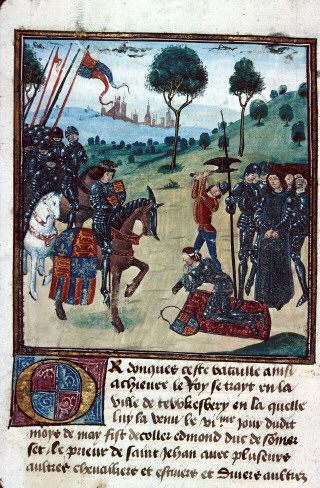
The Wars of the Roses
Although now remembered as a dynastic conflict for the English throne, the Wars of the Roses (as it became known later) actually encompassed a whole host of local and personal feuds.
The early death of the Lancastrian king, Henry V, left his baby son on the throne. As Henry VI grew, he showed himself as a weak king, who relied heavily on the advice of the Duke of Suffolk over that of the Duke of York and his close ally, the earl of Warwick.
With his descent from Edward III and an arrogant personality, York was not prepared to be sidelined and in 1455 the conflict broke into open warfare. By 1461 York was dead, but his second son, Edward, earl of March seized the throne, deposed Henry VI and made himself Edward IV.
The conflict should have ended then, but Henry VI escaped and when Edward begun to shake off Warwick’s control, the earl shifted his allegiance back to the House of Lancaster.
With French help, Henry VI was placed back on the throne in 1470, but it was not to last. He and his heir were dead within a year and Edward IV was reinstated. His reign lasted until 1483 when a life of excess finally caught up with him.
The last king of the Wars was Richard III whose two-year reign ended with the most famous battle of the Wars, the Battle of Bosworth Field.
Edward V
Edward V is the forgotten king of the middle ages, which is hardly a surprise given that he was only 12 at the time of his accession and was never actually crowned.
Edward was raised under the care of his mother’s brother, Anthony, Lord Rivers, one of the much detested and distrusted Woodville clan. But when Edward IV died suddenly on 9 April 1483, he appointed his own brother, Richard duke of Gloucester, as Protector.
During his procession to London, the young king was waylaid by Gloucester, and Rivers was promptly arrested and later executed.
Edward and his brother were residing in the Tower of London awaiting the coronation, but on 22 June rumours regarding their legitimacy began to circulate. Four days later Gloucester became King Richard III.
By the autumn of 1483 the boys had both disappeared from public.

Key People
- Roger Bacon
- Geoffrey Chaucer
- Edward, the Black Prince
- Joan of Arc
- John of Gaunt
- LLywellyn ap Gruffudd
- Margaret of Anjou
- Richard Neville, Earl of Warwick
- Owain Glyn Dwr
- Robert the Bruce
- William Wallace
- Elizabeth Woodville
Key events
- 1258 Provisions of Oxford imposed on Henry III
- 1290 All Jews are expelled from England by Edward I
- 1348 Black Death arrives in England
- 1381 The Peasant's Revolt
- 1392 The Canterbury Tales is published
- 1399 Richard II is deposed
- 1413 St Andrew's University becomes the first in Scotland
- 1415 Battle of Agincourt
- 1420 The Treaty of Troyes makes Henry V regent of France
- 1455 The first Battle of St Albans
- 147 First book printed in England
- 1485 Battle of Bosworth Field
Read more from our magazine

The Two Princes Edward and Richard in the Tower
The Two Princes Edward and Richard in the Tower by John Everett Millais (1829-1896)c1878 Apart from one pen portrait of Edward V with his father
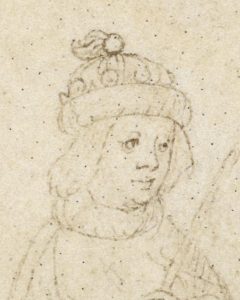
‘Edward the prince and excellent yowth’: the birth, life and death of Edward of Lancaster
Today marks the 551st anniversary of the Battle of Tewkesbury, the final battle of the second phase of the Wars of the Roses. In terms

The Prisoners of Pevensey Castle
Built as a Roman fort, by the fifteenth century Pevensey Castle was being used as a state prison. We look at some of the most